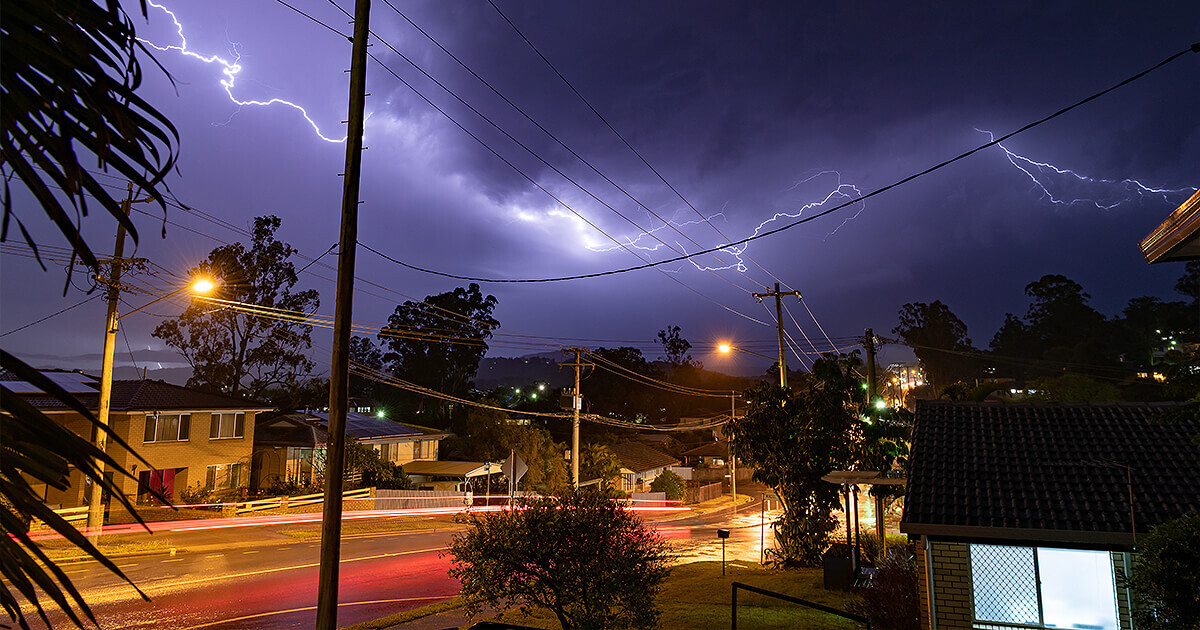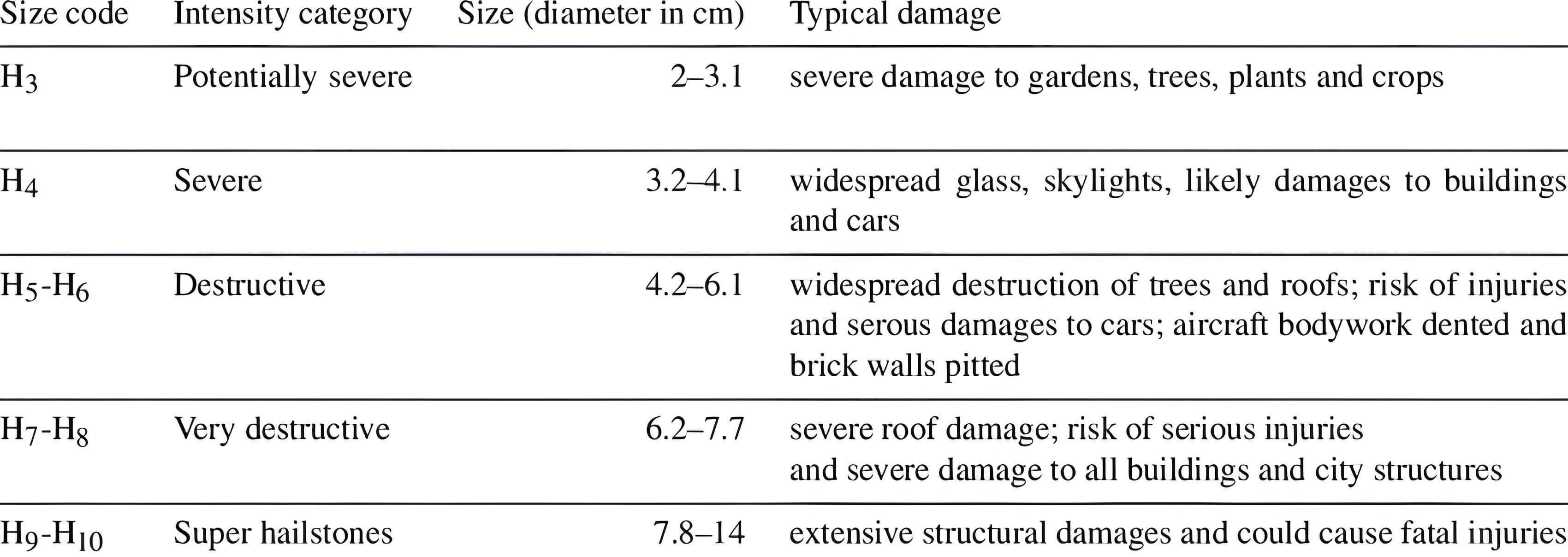Hail storms can be extremely damaging to your property and while your roof is the first thing that gets the impact, it’s important to be aware of other critical items that can be seriously damaged like solar systems, downpipes, windows, gutters, water tanks, awnings, cladding, fences, sheds and more. While you should always check your roof we wanted to take a look at some of the ways hail can damage critical and essential things around your property and what you can do to protect your investment.
Key points discussed in this article:
- Hail can cause serious damage to your property, so here’s a checklist of key things that are commonly damaged.
- Why inspect the hail damage as soon as possible
- Some insurance policies cover hail damage, but it's important to check with your provider first
- There are a few things you can do to prevent or reduce hail damage to your property.
Hail can cause serious damage to your property, so here’s a checklist of key things that are commonly damaged.
After hail has pounded your neighbourhood, surveying your home for hail damage is a must. When hail strikes, it can cause serious property damage to:
broken or dented roofs
solar and solar hot water systems
window damage
scratched siding and paintwork
and even broken skylights and gutters
Keeping a checklist of key damages to look out for on the outside of your home can help prepare you after hail storms.
We always recommend starting with the roof; Engage a qualified assessor to conduct a thorough inspection. Once the roof has been checked, make sure the assessor scans all other parts of the exteriors such as:
downpipes
your solar system
solar hot water system
whirly birds
letterbox
awnings
water tanks
TV antennas
air-con units,
exterior lights and decorative features such as planters or tables for cracks or scratches.
Taking these steps can help you evaluate hail-inflicted damage right after a storm so that you can begin repairs quickly.
Why inspect the hail damage as soon as possible
After hail storms, it's important to inspect your home for damage swiftly so that issues can be identified and addressed if necessary. Thinking about the above items mentioned will help you conduct a thorough hail damage inspection and can help you determine the extent of any damage to your roof, window, gutters, windows, or other exterior features of the house.
If hail has caused any damage that needs to be repaired, identifying it quickly is vital, as hail-related damage can lead to more serious issues like water leakage or structural problems down the road if left unaddressed. Taking the needed precautions now with a hail damage inspection could save you time and money in the long run. Many companies provide a free inspection service, as they need to review things in person to be able to provide the needed house repairs.
Some insurance policies cover hail damage, but it's important to check with your provider first
When it comes to house insurance, it pays to be prepared. One way to do this is by checking with your house insurance provider whether they cover hail damage. It is important to know exactly what type of coverage you have so that you can rebound quickly in the event of any unexpected weather occurrences such as a hailstorm. If your house insurance policy does not expressly include hail damage coverage, consider exploring other options offered by your provider before the next potential hailstorm. Being well-informed on what's included in your house insurance will help you protect yourself and your family from unnecessary harm in the long run.
There are a few things you can do to prevent or reduce hail damage to your property.

As a property owner, knowing how to best protect your investment during harsh storms is essential. When hail strikes, roofing and window damage can occur, leading to costly repairs and replacements. Fortunately, there are a few precautions you can take to prevent further tragedy from the storm's wrath.
Most states in Australia are susceptible to being hit hard by hailstorms. While your home will normally always be built to the storm rating of your region, it's important to understand the impact of hail, especially when it gets severe.
Metal Roofing is one of the most common roofing materials used in Australia and is often rated H4 Severe and can handle small hail storms up to say 4cm (h4), but you can still get chips or damage that can lead to ongoing issues, especially if you live near the ocean.
Understanding hail storm severity and how it can damage your home
Below is a rating hail-storm rating system to give you an idea of the type of damage the hail storm can give you.

In highly impacted areas there are special materials that will help you safely survive hail storms for your region, including installing impact-resistant materials on windows and roofing to act as a barrier against most hail events. Investing in these preventative measures now could save you from hassle, money, and even possible harm down the line.
Summary - be aware and plan
Hail is a very damaging byproduct of severe storms but with the right knowledge and planning, you can be prepared so that it’s never a major issue that can’t be dealt with. If hail does hit your home, be sure to inspect the damage as soon as possible and contact your insurance provider to find out if your policy covers hail damage or reach out to us as we can take care of the entire process.
Also, as discussed there are a few things you can do to prevent hail damage, such as being aware of the storm rating of your home to ensure you meet local conditions that impact your region. We hope the above tips will help you have peace of mind so that you are better prepared for any future storms.
In saying that, never hesitate to give us a call to discuss any of your concerns as you never want to be caught out in a storm.
